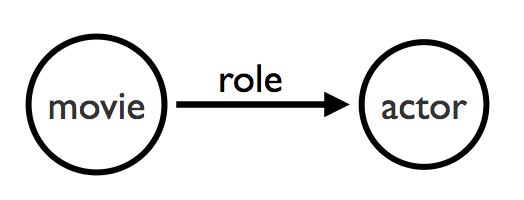

These collections are equal to the tables in relational databases. I’ll jump directly into some basic concepts and nomenclatures in ArangoDB that will be important for this article.Ī database here is a set of collections. You can read the whole documentation from here. It worked quite efficiently for graph algorithms processed across data spread throughout the cluster. We can also choose single node or cluster execution. It is called multi-model database as it allows ad hoc queries that we can run on data stored in different models. Analyzing performance of these ArangoQL queries: Building RESTful API, introduction of Apache JMeter and steps taken for performance testing.Īs they say, it is a multi-threaded “native multi-model database”, that allows us to store the data as key/value pairs, graphs or documents, and access any or all the data using a single declarative query language.Using ArangoQL for exploring and visualizing dataset: Examples of some ArangoQL queries for given dataset and using web interface for visualizing graph database.Building the Graph API: Steps taken to build the API using Java and ArangoDB.

Getting Started with ArangoDB: Brief introduction of ArangoDB, ArangoQL and the installation process.

So, overall, the article is divided into following sub-sections: I also tested its performance for working with different number of clients at the same time about which I’ll discuss later in detail. It is an open-source NoSQL database that not only works with documents but can also handle graphs natively. I used ArangoDB that worked perfectly fine for this job. To do this, I built a generic API that interpreted this data as graphs, that could only concern with data-points and relationships between them than the values itself. json format, and discovered relationships between its nodes. In this article, I am describing my work during the summers this year, in which, I dealt with huge and highly connected data, stored in. It is the NoSQL database systems that allow simpler scalability and improved performance in terms of maintaining big unstructured data. For the purposes of actually knowing what goes on under the hood, I think that handling big data is essential, and the lessons learned from building things from scratch are real game-changers when it comes to the tackling real world data. In the past, I have advocated working on huge amount of data using only relational database management. It is highly complicated, fast-changing and massive for conventional technologies to handle efficiently. But usually, raw data that they encounter is not structured.
#ARANGODB VISUALIZATION HOW TO#
Update: See the comments for information on configuring NetBeans to build Gephi! Want to learn more about graph databases? Click below to get your free copy of O’Reilly’s Graph Databases ebook and discover how to use graph technologies for your application today.Graphical Interpretation of data using ArangoDBĪ number of industries and laboratories still rely upon relational database management systems for handling their data. To check out the source, make sure to have Bazaar installed, and then do: bzr checkout lp:~bujacik/gephi/support-for-neo4jįinally, you’re welcome to discuss the plugin on the Neo4j mailing list and in the Gephi forums.
#ARANGODB VISUALIZATION CODE#
To try it out, download NetBeans 6.9 and use it to build and execute the source code (Gephi depends on the NetBeans platform version 6.9). Martin just published an article summarizing the project, head over and read it! For the future development of the Neo4j plugin, there’s a survey where everyone has the chance to give feedback on what features they want to use. The graph visualization can give you output like this: Users of Gephi can work with larger graphs.Users of Neo4j get better visualization support.The basic idea of the project is twofold: This Google Summer of Code project is now approaching its finish. During the summer Martin Škurla has developed support for the Neo4j graph database in the Gephi visualization and exploration platform.


 0 kommentar(er)
0 kommentar(er)
